28 Apr 2020
Common ageing problems in cats – management tips to give to owners
Samantha Taylor discusses some of the health issues frequently seen in these patients and how to help owners manage them.
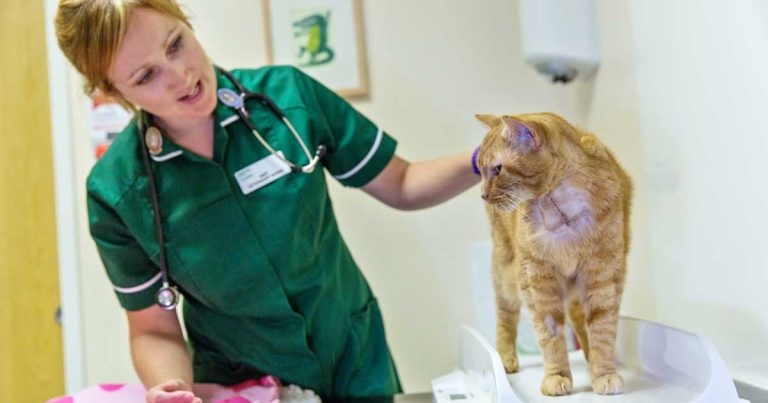
Figure 1. Senior health clinics are challenging, but rewarding, to run. Image: Richard Murgatroyd.
The feline population – like its human counterpart – is getting older, with veterinary clinics seeing a population of cats in their late teens and even early 20s.
While age itself is not a disease, it brings with it an increased likelihood of common conditions, such as chronic kidney disease (CKD), hyperthyroidism and hypertension.
While we all may feel comfortable treating many of these conditions, we need to support clients in managing chronic health problems and can provide crucial advice to improve the quality of life of these feline OAPs.
This article discusses how to communicate with – and help – owners of this age group of cats to manage some common health complaints.
Early diagnosis opportunities
To make a diagnosis, the first step is getting the cat in the clinic door. Cats are the masters of hiding illness – and with age, clients can be tempted to put clinical signs down to simply “ageing”. Slowing down and moving less, subtle weight loss, and/or reduction in appetite can all be indicators of illness overlooked by owners.
We need to encourage regular check-ups and remove barriers to clinic attendance to ensure early diagnosis before a cat is debilitated and diseases are harder to treat.
Becoming a Cat Friendly Clinic can help, as well as running senior cat nursing clinics – for example, at times when the clinic is quiet.
International Cat Care also runs a life stage health care scheme, CatCareforLife, with materials for clinics and owners on appropriate veterinary care at every age.
Nurse-run clinics (Figure 1) – simply recording weight and systolic blood pressure – would identify small changes prompting further investigation. Such clinics require effort to run and recruit to, but are worth it as they lead to further work – for example, bloods and urinalysis – and bond owners of older cats to the clinic and raise awareness of clinical signs of common ageing conditions.
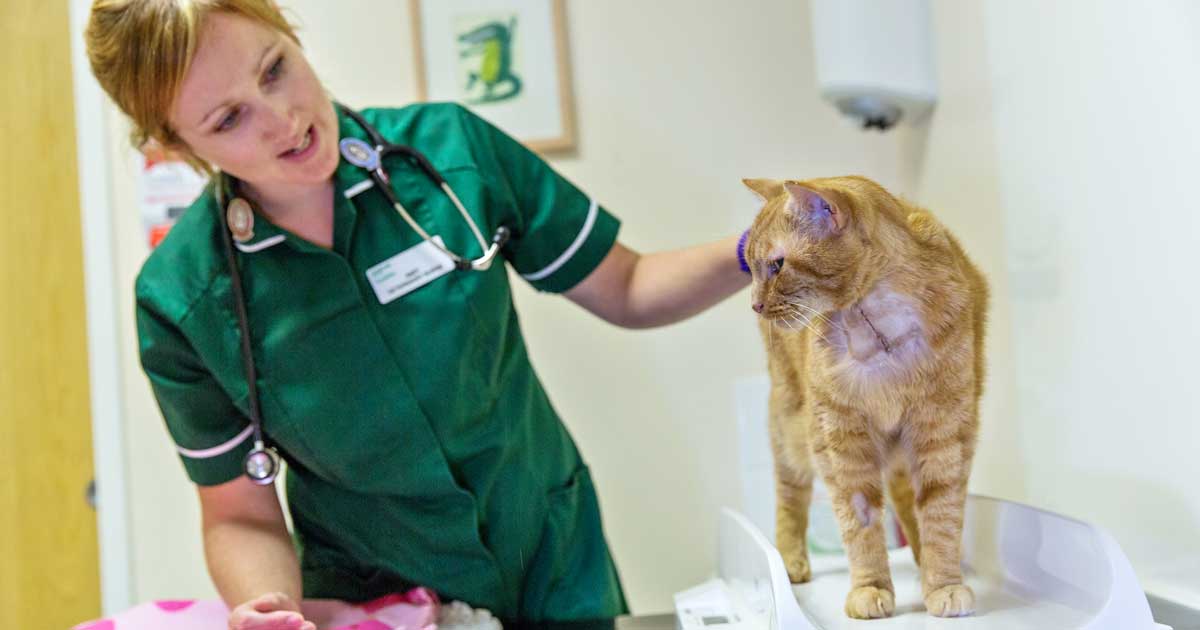
Common health problems of senior cats
Common diagnoses in older cats include hyperthyroidism, CKD, OA, dental disease and hypertension, to name a few. Neoplasia is, of course, more common in this age group.
Although some older cats may remain obese, weight loss is more of a problem in advancing years and poorer body condition scores may be associated with shorter survival (Teng et al, 2018). It is beyond the scope of this article to discuss each disease in great detail, so the author will focus on some areas where client communication and support is vital, and provide “take-home messages” for each condition.
For the purposes of this article, the author describes cats as “senior” at older than 11 years of age. For full life stage descriptions, visit the CatCareforLife website.
Hyperthyroidism
Hyperthyroidism remains a common condition of older cats, although with earlier diagnosis younger cats are identified and face several years of treatment.
Treatment options include medication (tablets, liquid, transdermal), radioactive iodine, diet and surgical thyroidectomy. Many owners opt for medical treatment – and creation of a liquid thiamazole has improved compliance.
However, support for clients administering medication can be easily overlooked and owners may be reluctant to ask for help. Nursing clinics – or even just a follow-up telephone call – can help, along with directing clients to sources of information, such as the International Cat Care YouTube channel, which includes the following video on administering oral products to cats.
Make sure owners know if they can give the medication with food, for example, and advise on “aids” such as pill putty and other treats.
When approaching a case of hyperthyroidism, we must consider each cat and its owner as an individual, and tailor treatment to suit the cat’s temperament, owner finances and preferences once they are well informed regarding options.
Radioactive iodine (I131) treatment remains the gold standard; however, frequently, clients are unaware of I131 as a treatment option (Boland et al, 2014) and vets may have misconceptions that hospitalisation times are long. In fact, for a cat diagnosed at 11 years of age, for example, costs of medication and monitoring may easily exceed the cost of radioactive iodine, which is curative in more than or equal to 95% of cats (Carney et al, 2016).
In many UK centres, hospitalisation times are between one and two weeks, and owners are well supported through the process – for example, with CCTV images of their cat.
Take-home messages
- Support clients medicating their cats and direct them to sources of information.
- Discuss radioactive iodine treatment early on with clients, and familiarise yourself with your local centre’s requirements and costs.
CKD
CKD remains a common cause of death in this age group of cats, affecting more than or equal to 30 per cent to 40 per cent of cats older than 10 years of age (Sparkes et al, 2016).
The majority of cases are caused by chronic tubulointerstitial nephritis and, as such, are not curable. However, prolonged survival is possible and affected cats can have a very good quality of life.
Due to the chronic nature of the disease and need for regular monitoring, a good relationship between clinic and client will help improve outcomes. The International Renal Interest Society (IRIS) staging scheme should be adopted and this group’s treatment algorithms are useful for practitioners. Sometimes forgotten is the importance of nutrition and water intake.
While IV fluid therapy may be required in‑clinic in unstable or decompensated cases, adequate voluntary water intake at home can improve quality of life and support renal blood flow (Sparkes et al, 2016).
Feeding a wet diet increases water intake, but additionally educating owners about water sources and encouraging drinking should be part of the management discussion (Panel 1).
- Offer water in a variety of locations – for example, on all levels of the house and outside if the cat has access.
- Consider bowl type – plastic bowls can taint the water and metal throws reflections, so wide‑brimmed, ceramic bowls are preferred (Figure 2).
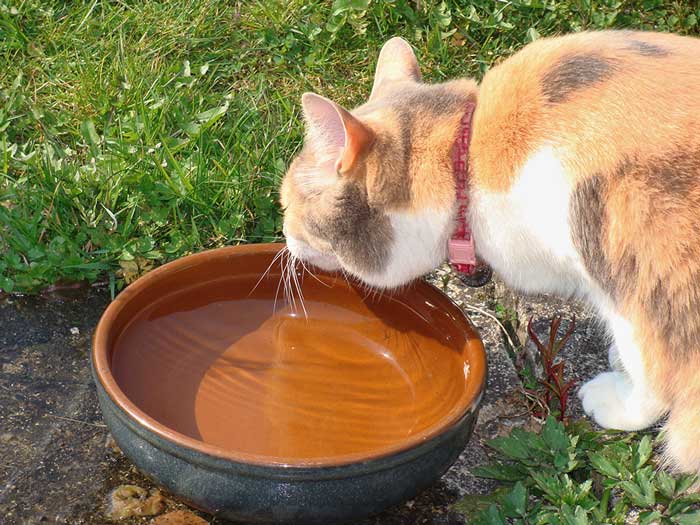
- Water fountains are readily accepted by most cats and need not be expensive or noisy (Figure 3).
- Some cats will tolerate a little water mashed into wet food, but the higher volume can reduce calorie intake – so this should be monitored.
- Flavoured broths of water with a little tuna in spring water mashed in, or chicken cooked in water (without stock).
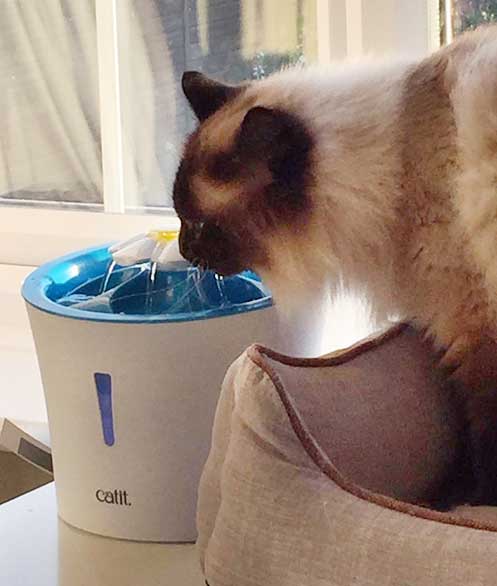
It is well accepted that feeding a moderately protein and phosphate-restricted diet significantly prolongs longevity in cats (Elliott et al, 2000), and this should be introduced from IRIS stage 2 CKD (Sparkes et al, 2016), but how do you advise clients introduce this food? Did you follow up on compliance?
For many clients this is expensive, and some older cats will refuse novel foods if presented at the wrong time or in the wrong way. If unstable and unwell, or hospitalised, this is not the time to introduce a diet we want a cat to eat long‑term – get the cat eating again, then the diet can be slowly introduced.
Some cats prefer one brand or manufacturer over another, and some long-standing dry food eaters will prefer the wet version and vice versa. For cats that constantly change food preference, owners can rotate brands and flavours. The new diet can be offered in parallel with the old diet, as many cats do not like a “mixture” of brands, and the old diet slowly withdrawn – a process that can take several weeks.
In a study of cats with CKD treated with mirtazapine, a statistically significant increase in appetite and bodyweight was recorded (Quimby and Lunn, 2013) – and it is reasonable to use this drug to encourage acceptance of the new diet with reformulated 2mg tablets and a transdermal formulation available, and dosed at 2mg every other day, but can be given daily if needed.
If a renal diet is not accepted, despite appropriate introduction, phosphate binders can be considered – readers are referred to recent Vet Times articles by Sarah Caney for more detail.
Take-home messages
- Encourage water intake to prevent dehydration – even old cats like water fountains.
- Introduce diet appropriately, and follow up on compliance, change brands and textures, and use mirtazapine if needed.
Hypertension
Are you measuring the blood pressure (BP) of senior cats in your clinic? If not, you are likely missing hypertensive cats and an opportunity to prevent target organ damage affecting the eyes, heart, brain and kidneys.
In a 10-minute consultation, it may feel impossible to do this – so perhaps for older cats with relevant comorbidities, a longer appointment could be arranged, or a nurse consult booked prior to the vet consult.
The author prefers to measure with the owner present, if possible, as this helps him or her understand the process and importance, as well as provide reassurance to the cat. In contrast to some tests, this will be familiar to most clients, having had their own BP measured.
Panel 2 summarises which cats should have a BP assessment.
Consider which cats benefit from monitoring blood pressure (BP):
- cats with CKD
- cats with hyperthyroidism (even those well‑controlled on medication, or treated with radioactive iodine or thyroidectomy)
- cats with hyperaldosteronism
- cats with clinical signs of hypertension and target organ damage (brain, eyes, heart, kidneys)
- all cats older than 8 to 10 years of age (acclimation to procedure, and record a “normal” for the cat and notice trends upwards)
Create a “practice policy” to identify the at-risk patients and educate clients to encourage them to consider assessment of BP as part of the physical examination.
Take-home messages
- If you are not measuring BP in senior cats, and those with hyperthyroidism and chronic kidney disease, you are missing an opportunity to diagnose and treat hypertension.
- Maximise opportunities to diagnose hypertension – for example, nurse‑led senior clinics – and follow-up appointments, even for controlled hyperthyroid cats.
Dental disease
Dental disease (Figure 4) is common in this age group, and a reluctance remains among owners – and sometimes vets – to perform dental procedures on senior cats due to concerns regarding anaesthesia, costs or recovery.
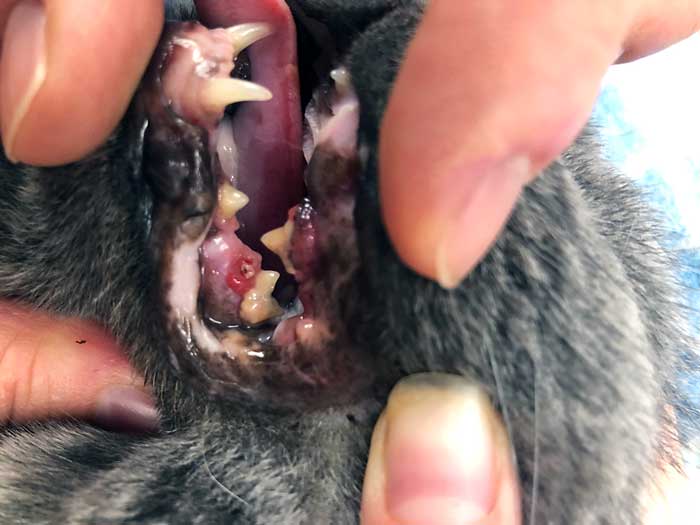
Dental disease is painful and reduces food intake, as well as quality of life, and will result in chronic pain that can reduce interactions with owners.
All cats, regardless of age, should be treated for painful dental disease (Perry and Tutt, 2015). Carefully planned anaesthesia, with consideration of effective analgesia and monitoring of BP, should enable rapid recovery.
Even senior cats with comorbidities deserve a pain‑free mouth and it is reasonable to discuss an anaesthetic protocol with a specialist anaesthetist at your local referral centre if unsure what agents to use in a cat with CKD, for example.
Taking the time to show clients photographs of the pathology and dental radiographs postoperatively can help them understand the importance of the procedure, and perceive value for money.
Take-home messages
- Old age is not an excuse for undertreating dental disease, as it causes pain, reduces food intake and affects quality of life.
- Stabilise comorbidities and monitor BP during the procedure, use local analgesia to reduce inhaled gas requirements, and optimise recovery and use appropriate analgesia postoperatively to encourage rapid return to normal food intake.
Degenerative joint disease
Awareness of degenerative joint disease (DJD) and OA in cats has increased in recent years.
We know it is a condition with a high prevalence in this species (about 90 per cent of cats have radiographic signs of DJD; Lascelles et al, 2010), and a cause of pain and reduced quality of life. However, it is still underdiagnosed and undertreated, likely due to a lack of overt signs of joint/limb pain, such as lameness.
Examination and observation of gait in-clinic may not be rewarding, and owner observations can play an important role in diagnosis and monitoring of treatment response.
The use of owner questionnaires can help clinicians detect changes in behaviour consistent with DJD. A recently developed “checklist” for detection of DJD-associated pain (Enomoto et al, 2020; Panel 3) is simple and easy to use in clinic, and owners of older cats can be asked to complete it prior to – or during – their appointment (even routine vaccination appointments or senior health checks), with any “no” answers prompting discussion of DJD in their cat and potentially further testing or treatment trials.
| Panel 3. The Feline Musculoskeletal Pain Screening Checklist (Enomoto et al, 2020). Any “no” answers should prompt further discussion with the owner regarding degenerative joint disease in his or her cat | ||
|---|---|---|
| To determine if your cat is showing signs of DJD-associated pain, please complete the following questionnaire. Please answer all questions. |
||
| 1. Does your cat jump up normally? | ❏ Yes | ❏ No |
| 2. Does your cat jump down normally? | ❏ Yes | ❏ No |
| 3. Does your cat climb up stairs or steps normally? | ❏ Yes | ❏ No |
| 4. Does your cat climb down stairs or steps normally? | ❏ Yes | ❏ No |
| 5. Does your cat run normally? | ❏ Yes | ❏ No |
| 6. Does your cat chase moving objects (for example, toys and prey)? | ❏ Yes | ❏ No |
A more detailed questionnaire – the Feline Musculoskeletal Pain Index (FMPI), by the same research group – has also been validated; the PainFreeCats website provides information for vets and owners on DJD, and how to use the questionnaire.
For owners of cats with OA, prescription analgesics are important, but environmental adaptions can be of equal importance. Panel 4 offers advice for owners of cats with DJD.
A handout or web page can be made with clinic branding to provide this information to clients.
Claw and fur care:
- Avoid overgrown claws – clients can be taught to clip the sharp ends from claws to stop cats getting caught in furniture.
- Groom regularly (gently over the sore areas, using a soft brush).
- Monitor for matting and soiling.
Litter trays:
- An indoor litter tray must be provided (even if not preferred by the owner).
- Avoid large pellet-type litter and choose more sandy types as they are gentler on sore feet.
- Ensure an adequate size of tray, as cats with DJD may not posture normally and “miss” the tray.
- A side of the tray can be removed, or a seed tray with lower edges used instead to make it easier to get into.
Weight management:
- Obesity can worsen clinical signs of DJD, so cats should be enrolled in weight management programmes if possible.
- Puzzle feeders can be used in senior cats, and cats with OA, to gently increase movement and slow down eating (Figure 5).
- Activity – such as playing with a fishing toy, or regular strolls around the garden with the owner – can provide physical therapy and burn calories/maintain muscle bulk.
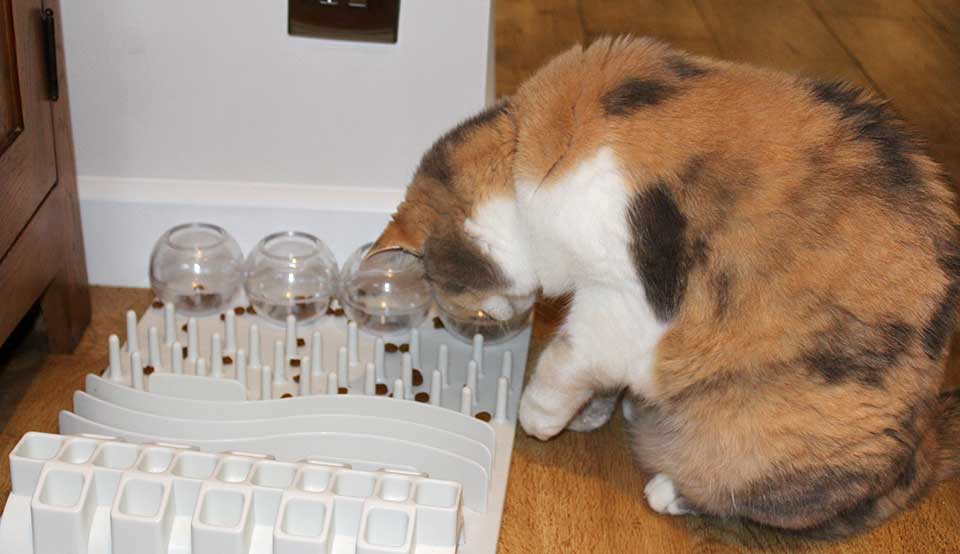
Environmental adaptations:
- Make key resources easily available: water, food, litter trays and beds should be easily accessible – and this may mean putting them at ground level, or providing steps up to the resources.
- A comfy bed: igloo beds, for example, are comfortable, but also, importantly, provide a place to hide and have some peace.
- Steps and ramps: a cat may love to look out of the window, but be unable to now they cannot jump. A simple ramp or steps can allow the cat to get to a favourite perch or bed (Figure 6).
- Make sure the cat flap is easy to go in and out of. It may need tying open and a step putting on either side if a steep drop is present.
- Horizontal scratching posts: these allow the OA cat to stretch and avoid overgrown claws.
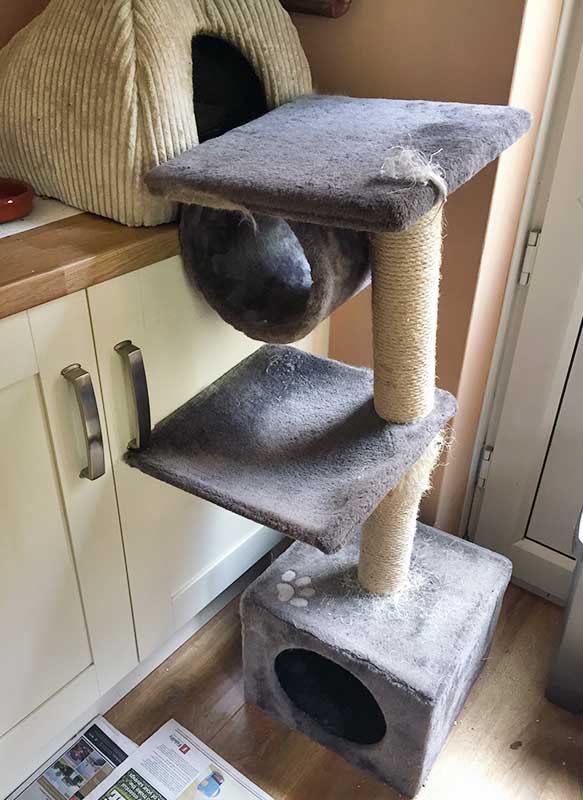
Take-home messages
- Encourage owners of senior cats to complete a questionnaire – for example, the FMPI – to prompt recognition of subtle changes in mobility and encourage discussion of DJD.
- Analgesia is important, but so is educating clients on home adaptations to make cats with DJD more comfortable.
Conclusion
Making a diagnosis of a common condition in an older cat is the easy part. Supporting and helping owners manage the condition is another story that can make a huge difference to compliance, and a senior cat’s comfort and quality of life.
Don’t finish the consultation with a pot of tablets or a bag of renal food – think about how you can encourage older cats into your clinic regularly and support owners in managing chronic conditions at home.
